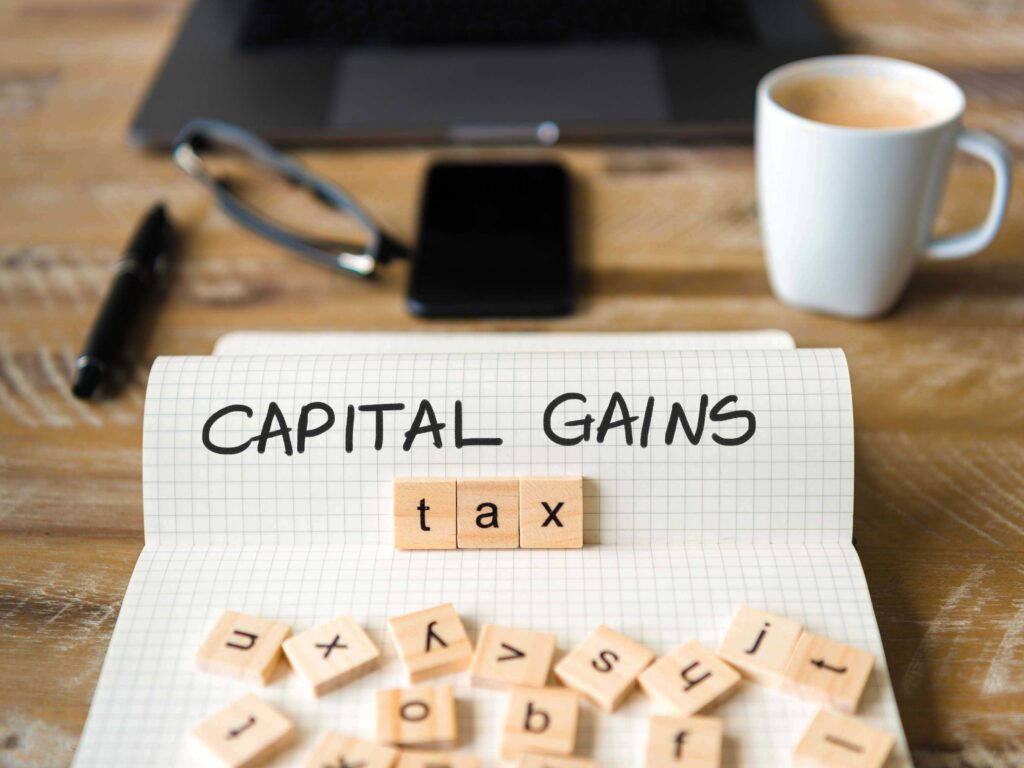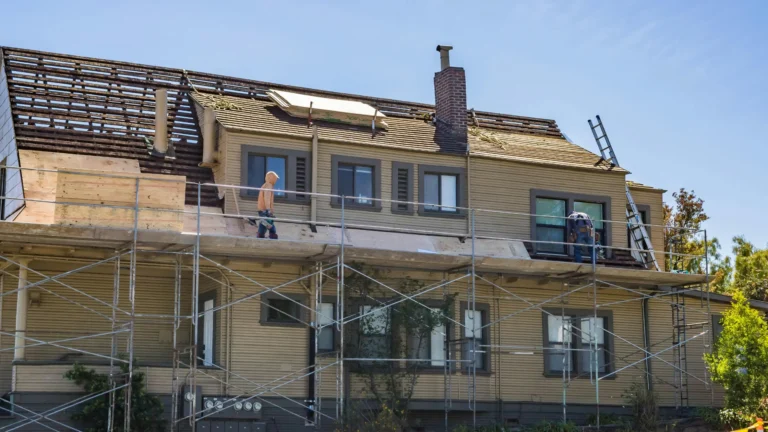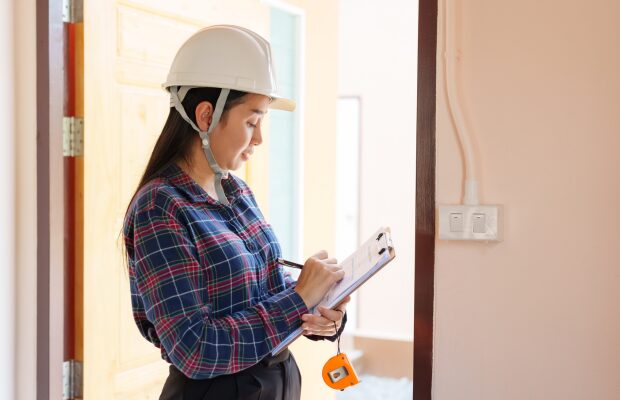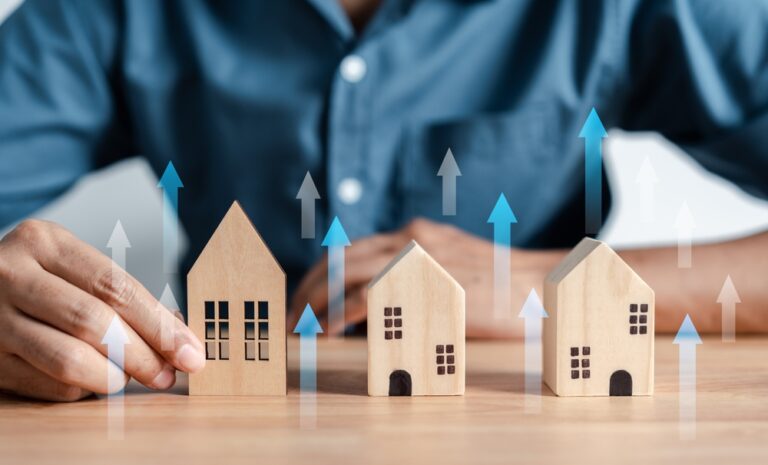Rising property prices in the UK means excellent capital growth for investors and landlords
– but it can also mean an increased capital gains tax bill if you decide to sell up.
In this guide, we’ll explain everything you need to know about capital gains tax, including:
- What capital gains tax is
- How it applies to property
- The relief and deductions you can claim to lower your bill
- How to calculate your bill
- Tips on reducing your bill
What is capital gains tax?
Capital gains tax (CGT) is the tax paid when you make a profit from disposing of something that has increased in value.
‘Disposing’ of an asset generally means:
- Selling it
- Gifting it to someone else
- Swapping it for another asset
- Being compensated for it due to loss or damage
The tax you pay is on the ‘gain’ – the difference between what you paid for something and what you sold it for – rather than the asset’s overall value.
Capital gains tax is usually due on:
- Personal possessions worth more than £6,000
- Property that isn’t your main residence
- Your main residence if you have let it out or used it for business
- Shares outside of ISAs and PEPs
- Business assets
What property does capital gains tax apply to?
Capital gains tax applies to any property you own that isn’t your main residence, such as a buy-to-let property or second home.
Capital gains tax only applies when you ‘dispose’ of the property.
So, if you inherit a property from a family member, you’ll only be liable for capital gains tax if or when you sell it in the future.
Do you pay capital gains tax on your main property?
If you live in your main residence and haven’t let it out or used it solely for business purposes, you should be exempt from capital gains tax if you decide to sell it.
To be exempt from capital gains tax, you must have lived in your home for the whole time you’ve owned it – this is known as private residence relief.
Private residence relief explained
Private residence relief is applied when you’re selling or gifting a property that has been your main home.
Full private residence relief applies if you’ve lived in the property as your main residence for your entire period of ownership.
If you’ve let out the property to tenants at any stage, or used the property solely for business purposes, you may only qualify for partial private residence relief.
What private residence relief can I claim?
If you’ve only ever lived in your property and have never rented it out or used it as a business premises, you should be able to claim 100% private residence relief.
This means you’ll pay no capital gains tax on any profit when you sell.
If you previously rented out your property, you could claim private residence relief for the time you lived there, plus your final nine months of ownership – a ‘free’ exemption period unaffected by how you use the property during that time.
So, if you owned your property for 15 years, rented it out for five years but lived there as your main residence for 10 years, you’d be entitled to 71% in private residence relief.
How do you calculate private residence relief?
To work out your private residence relief entitlement, you should:
- Work out your total period of ownership in months
- Work out how long the property was your main residence in months
- Add together the total number of months you lived in the property and the final nine months of ownership
- Divide this number by the total number of months you owned the property
- Multiply this number by the total gain you’ve made
For example, let’s say you’ve owned your property for 15 years and rented it out for five of those years, living their yourself for 10 years.
You purchased the property for £200,000 and are selling it for £550,000.
A: Total ownership period in months: 180
B:
Occupation period in months: 120
C:
Occupation period plus final nine months: 129
D: Total gain: £350,000
Exempt gain:
£350,000 x 129/180 = £250,833
Chargeable gain: £350,000 – £250,833 = £99,167
Deductions you can make from capital gains tax
Before you calculate your final capital gains tax bill, you can make certain deductions, including:
- Private residence relief
- Costs of buying and selling the property, including stamp duty, solicitor fees, and estate agent fees
- Eligible costs of improvements, for example an extension or new kitchen
You’re not able to deduct maintenance costs or mortgage interest from your tax bill.
How much capital gains tax do I pay on property?
When you dispose of a property, capital gains tax is charged at 18% for standard rate taxpayers and 28% for higher and additional rate taxpayers.
All UK taxpayers also receive a capital gains tax allowance, currently £12,300.
This can be deducted from your total capital gains in a tax year.
And if you own your property with a spouse, you can combine your allowances – giving you a potential total allowance of £24,600 each tax year.
How are capital gains on property calculated?
To calculate the capital gain on your property:
- Calculate your gain by subtracting the amount you paid for your property by the amount you’re selling it for
- Deduct any remaining personal allowance(s)
- Deduct any allowable costs
If you pay the higher rate of income tax, which is due on earnings between £50,000 and £150,000, or the additional rate, which is payable on earnings above £150,000, you’ll pay 28% on capital gains from property.
That means if you sold a buy-to-let property for £300,000, having purchased it for £200,000, you’d be liable for capital gains tax on £87,700 (£100,000 minus the £12,300 allowance):
That would mean a capital gains tax bill of £24,556 (28% of £87,700 = £24,556) before any further allowable deductions.
If you pay the basic rate of income tax, due on earnings between £12,500 and £50,000, you’ll pay 18% on capital gains from property, as long as your total taxable income doesn’t exceed £50,000.
For example, if you earn £30,000 per year in income and sold the same rental property as above with a profit of £100,000, your capital gains tax bill would be £22,556:
- £100,000 gain minus £12,300 allowance = £87,700 taxable gain
- £30,000 basic rate income means £20,000 of taxable gain charged at 18% = £3,600
- Remaining £67,700 of taxable gain charged at 28% = £18,956
- Total capital gains tax = £22,556 (before any further deductions)
Changes to capital gains tax and private residence relief
Since 2020, there have been a number of changes to rules around capital gains tax:
Capital gains tax
The capital gains tax allowance was frozen in the Autumn 2021 Budget and remains frozen at £12,300 until 2026.
However, the payment window for capital gains tax on the sale of property was increased from 30 days after completion to 60 days – giving sellers of buy-to-lets or second homes more time to pay their bills.
Private residence relief
On April 6, 2020, the ‘free’ capital gains tax exemption period was reduced from 18 months to nine months.
This means only the final nine months you own the property are free of capital gains tax, regardless of whether you lived there as your main residence or not.
Lettings Relief
Prior to April 6, 2020, you could claim up to £40,000 of capital gains tax relief if you rented out your main residence.
However, it’s now only possible to claim Lettings Relief if you were in shared occupancy with your tenant.
When do I pay capital gains tax?
If you sell a property with a chargeable gain, you must report this to HMRC and pay your bill within 60 days of completion.
How do I avoid capital gains tax on property?
There are some steps you can take to reduce your capital gains tax bill, including:
1. Keeping a record of costs and deducting them
Keep records of all costs associated with the purchase and sale of your property, including any improvements you’ve made.
These can be deducted from your gain to lower your capital gains tax liability.
2. Offset your losses from other assets
If you sell any other assets during the tax year and make a loss, you can offset this against your total capital gains tax bill if you also sell a property and make a gain.
3. Make use of spousal allowance
If you’re selling a property you own jointly with a spouse, you can use both of your personal capital gains tax allowances – giving you a potential total deduction of £24,600.
If you’re the sole owner, you could consider sharing ownership with your spouse to make use of this higher allowance.
4. Consider your spouse’s income
If you’re a higher rate taxpayer, or you’ve made a gain through property that pushes you into the higher tax bracket, you could consider transferring ownership of the property to your spouse if they are a basic rate payer.
5. Sell at the right time
If you’ve made capital gains from other assets and used up your allowance, consider putting off your property sale until the next tax year so you have your full allowance to play with.
Further reading…
Everything you need to know about tax on rental properties








